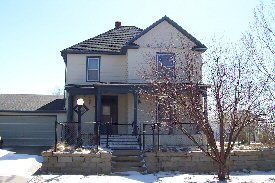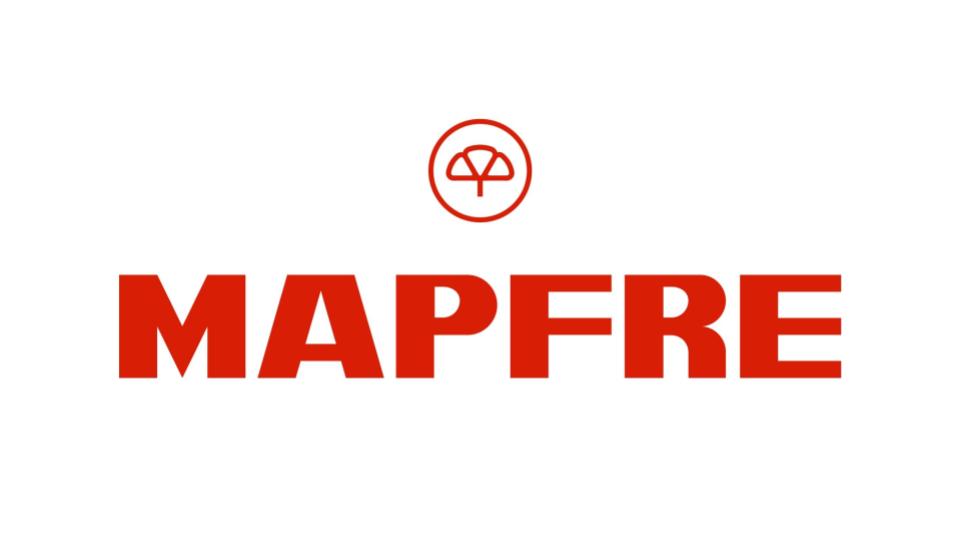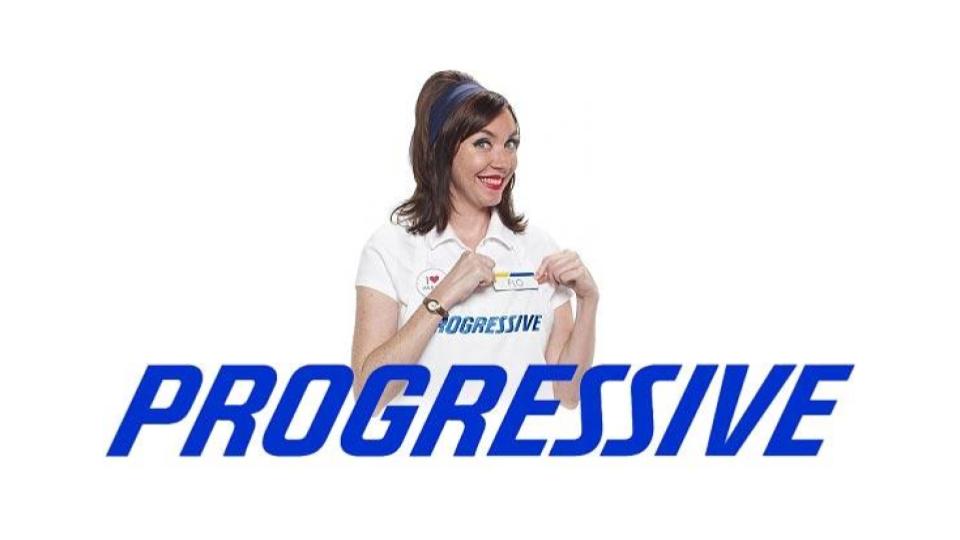 To best understand the Dwelling Fire Policy we should first compare it to a Homeowner policy. A Homeowner policy is for an owner occupied primary or secondary residence. In addition the Homeowner policy comes with a package of protection and coverage that is already "built-in" to the policy, which is why it is often called a "package policy".
To best understand the Dwelling Fire Policy we should first compare it to a Homeowner policy. A Homeowner policy is for an owner occupied primary or secondary residence. In addition the Homeowner policy comes with a package of protection and coverage that is already "built-in" to the policy, which is why it is often called a "package policy".A Dwelling Fire policy does not come with any "built-in" coverage. Unlike the Homeowner's if you wish to have coverage beyond physical loss to the residence you need to purchase or add-on the coverage specifically.
Why do we start with a comparison of the Dwelling Fire with the Homeowner? Since the Homeowner policy offers such comprehensive coverage there are many underwriting requirements that a home must meet to qualify. When a home does not meet these requirements, many times a Dwelling Fire policy can be written instead.
Here are a few key reasons a home may not qualify for a Homeowner Policy:
Insure to Value: Almost all homeowner policies require the home to be insured to at least 80% of replacement cost, and in may cases to 100%. When the owner of that property opts to not insure at the minimum required limit a Dwelling Fire policy can be used.
Condition: On occasion a home on general condition may not qualify for the Homeowner policy, or to proceed may be cost prohibitive. In this case a Dwelling Fire policy may be a better fit.
Occupancy: This is the most common reason to choose a Dwelling Fire policy. The Homeowner form is for owner occupied primary or secondary homes. When this is not the case a Dwelling Fire policy may be written, and in some cases a Business Owner or Commercial Policy may be a good fit.
There are many other differences in coverage and loss settlement provisions that you should know before considering a Dwelling Fire policy. We encourage you to contact us if you have any questions.
Ideally it is up to you as a property owner to find the policy that best fits your needs and budget.













